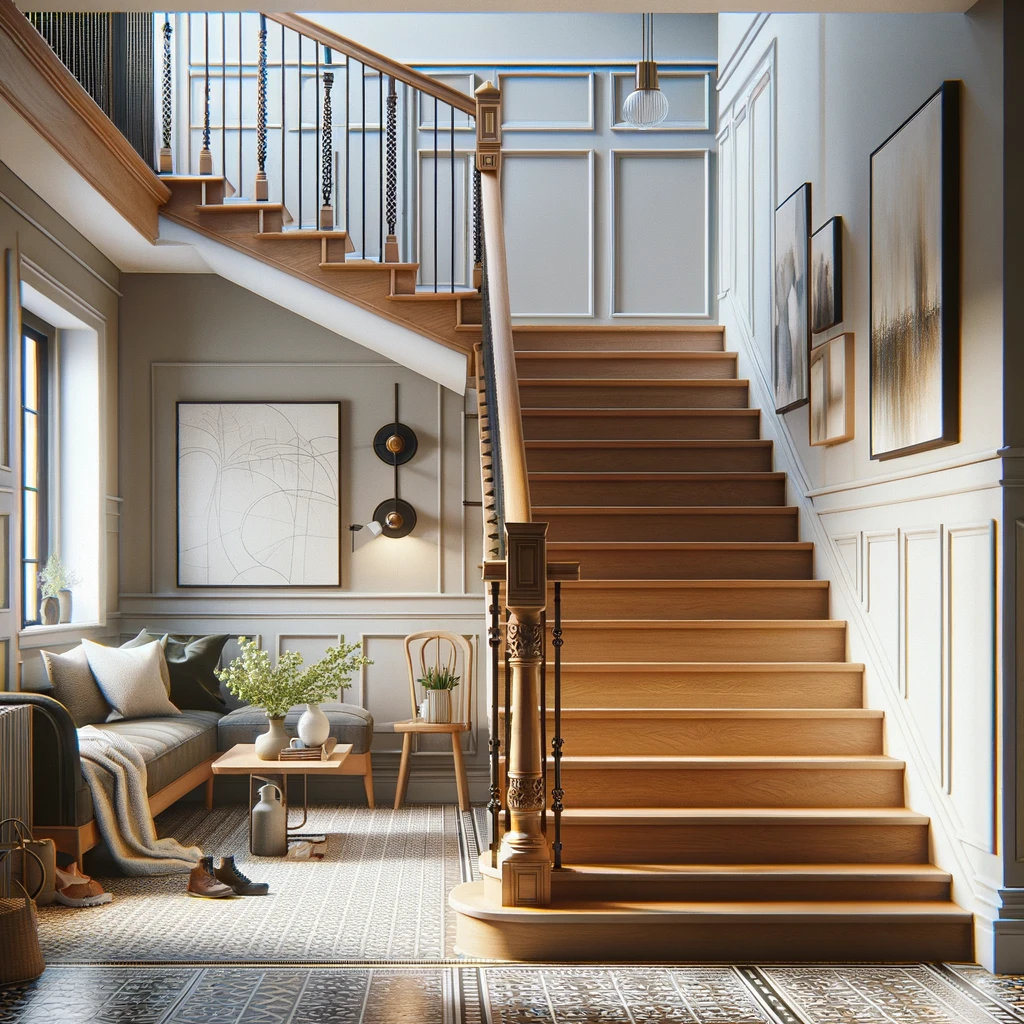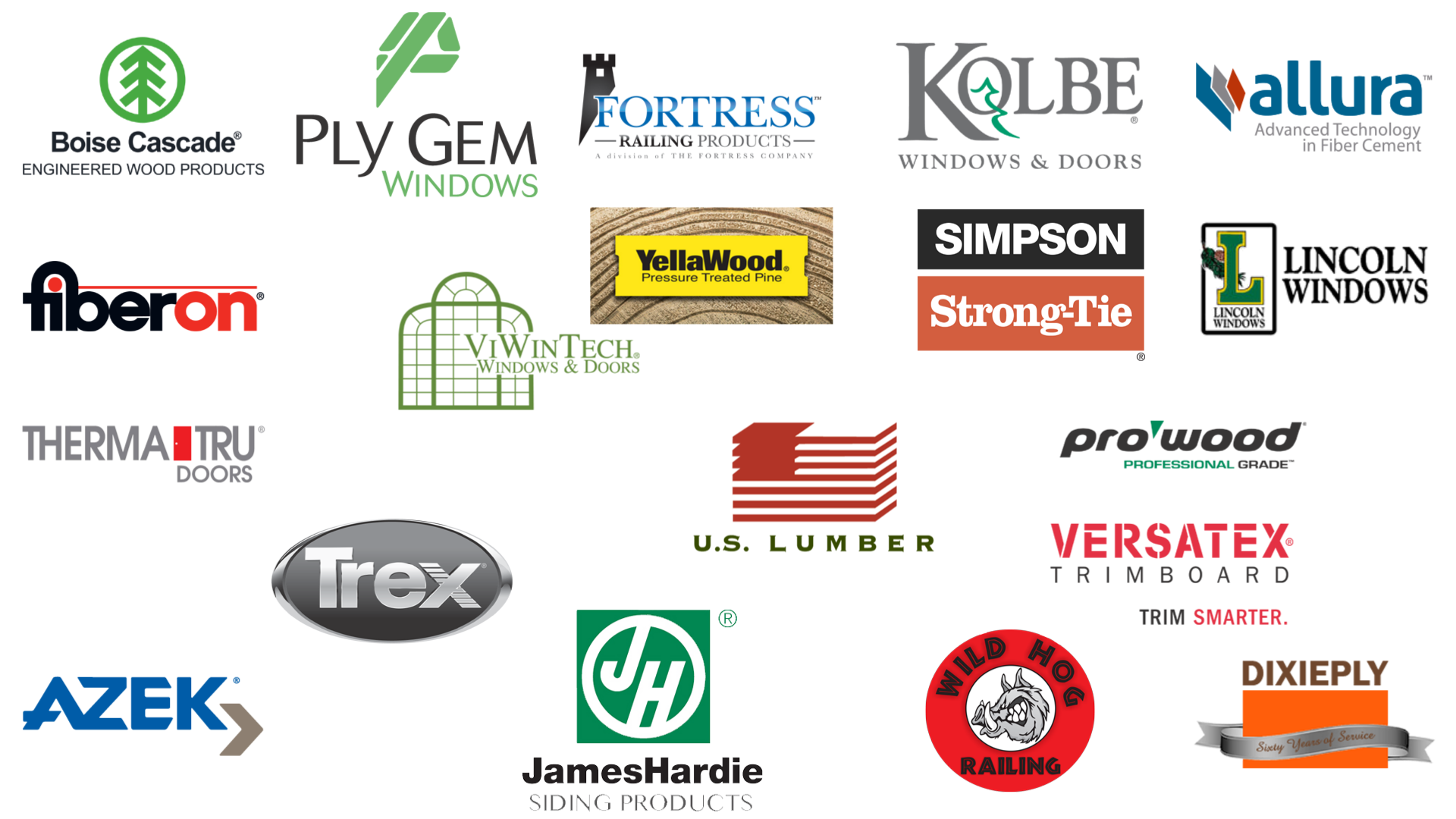Step Up to Elevated Living
Just in Case...
When it comes to home design, a staircase is more than a feature that connects different levels of your home; they are also significant elements that elevate the elegance of the interior of your home. Whether you are constructing a new staircase or fixing an old one, understanding the various parts of a staircase is crucial.
Our Main Parts
Tread
The tread is the horizontal part of the staircase where the foot is placed. Each tread consists of a tread board, which can be designed with specific dimensions to accommodate foot traffic comfortably. The surface of the tread may be finished with various textures to enhance grip and safety.
-
Riser
The riser is the vertical component that connects each tread. In a closed stair design, risers contribute significantly to the staircase’s structural integrity and help prevent accidents by enclosing the space between treads. Open staircases, on the other hand, omit risers for a minimalist look, which can make the staircase appear more spacious.
-
Stringers
Stringers are the major support structures running along both sides of a staircase. They are cut to accommodate the risers and treads, bearing the weight of the staircase. The structural integrity of the staircase heavily relies on the stringers. In cantilevered or floating staircases, stringers may be absent or hidden, with treads attached directly to the wall.
-
Handrails
Handrails are essential for safety, allowing users to steady themselves as they ascend or descend the stairs. Handrails can be located on top of the balustrade or mounted on the adjacent wall.
-
Balusters (Spindles)
Balusters, also known as spindles, support the handrail and enhance the safety of the staircase by filling gaps that could be hazardous. Besides their safety function, balusters are often decorative, available in various styles and materials to complement the staircase design.
-
Newel Post
Newel posts anchor the handrail at the bottom, top, and turns of the staircase. These posts are critical for the stability and integrity of the handrail system.
-
Nosing
The nosing is the protruding edge of the tread that extends beyond the riser, providing additional space for stepping. It is often rounded to prevent wear and improve the stair's visibility, aiding in navigation.
-
Landing
A landing is a platform located where the staircase changes direction or at major transitions between flights. Landings provide a resting point and facilitate a change in direction without requiring a sharp turn, enhancing both safety and convenience.
-
Fascia
Fascia boards are not mandatory but can enhance the appearance of a staircase by enclosing its structure. They cover the stringers and other underlying components, offering protection from damage and concealing gaps that might otherwise collect debris.
The Final Step
Each component of a staircase plays a vital role not only in its overall functionality and safety but also in its architectural appeal, contributing to the design and user experience.(Hopefully you enjoyed the pun we have had learning about stair parts today)



